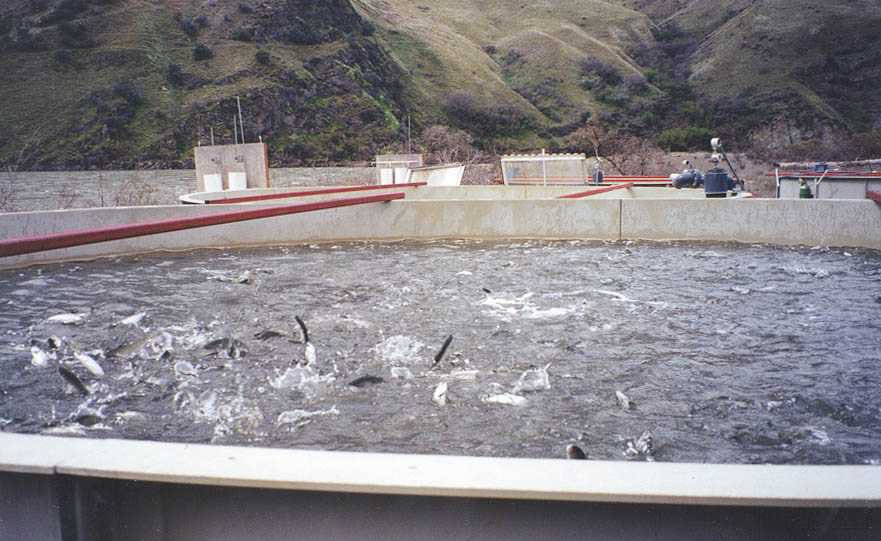NOAA reports average or better juvenile salmon and steelhead survival in 2013
- February 13, 2014
- John Harrison

Survival of juvenile spring/summer Chinook salmon in 2013 in the Columbia and Snake rivers was above average and survival of juvenile steelhead was about equal to the long-term average, NOAA Fisheries, the federal fisheries agency, reported to the Council in February.
As well, travel times for juvenile fish migrating down the two rivers past dams to the ocean were shorter in 2013 than in previous years, Dr. Steven Smith from NOAA’s Northwest Fisheries Science Center said. NOAA scientists attribute the decreased travel time primarily to increased water spills and installation of new surface-passage structures at dams, he said.
Overall, estimated survival through the eight dams from Lower Granite Dam on the Snake to Bonneville Dam on the Columbia was 52.5 percent, essentially equal to the long-term average survival (since 1998) for that species. For juvenile steelhead, estimated hydrosystem survival was 50.1 percent, which was the lowest of the last five years though higher than the long-term average, Dr. Smith said. For juvenile Snake River sockeye, the survival rate from Lower Granite to Bonneville was 53.6 percent; the long-term average is 48.5 percent.
Juvenile spring Chinook survival from McNary Dam to Bonneville, a four-dam reach that includes fish from the upper Columbia River as well as from the Snake, was 79.6 percent (average is 73.3 percent), and for juvenile steelhead, 79.8 percent (average is 70.1 percent).
Dr. Smith said NOAA Fisheries estimates that 34 percent of juvenile Chinook and 38 percent of juvenile steelhead arriving at Lower Granite Dam in 2013 were collected there or at a dam lower on the Snake River and transported by barge to below Bonneville Dam. Over the years of NOAA’s research, estimated adult-fish return rates generally have been higher for transported fish than for fish that migrate in the river. However, differences in adult-fish return rates between transported and in-river migrants generally have been smaller in recent years; the adult return rate of in-river fish has increased compared to that of transported fish.
In the Snake River in 2013, river discharge volumes were below average during the spring outmigration, except for a brief peak in mid-May. Water temperatures were cooler than average in April and warmer than average in May. Spill was higher than average at the four lower Snake River dams, especially in April.


